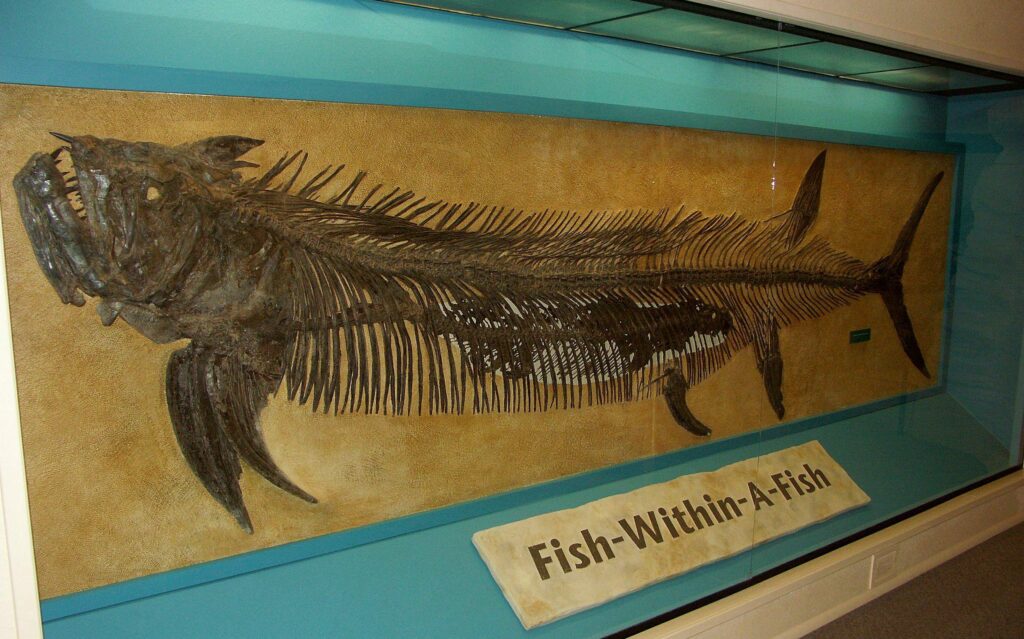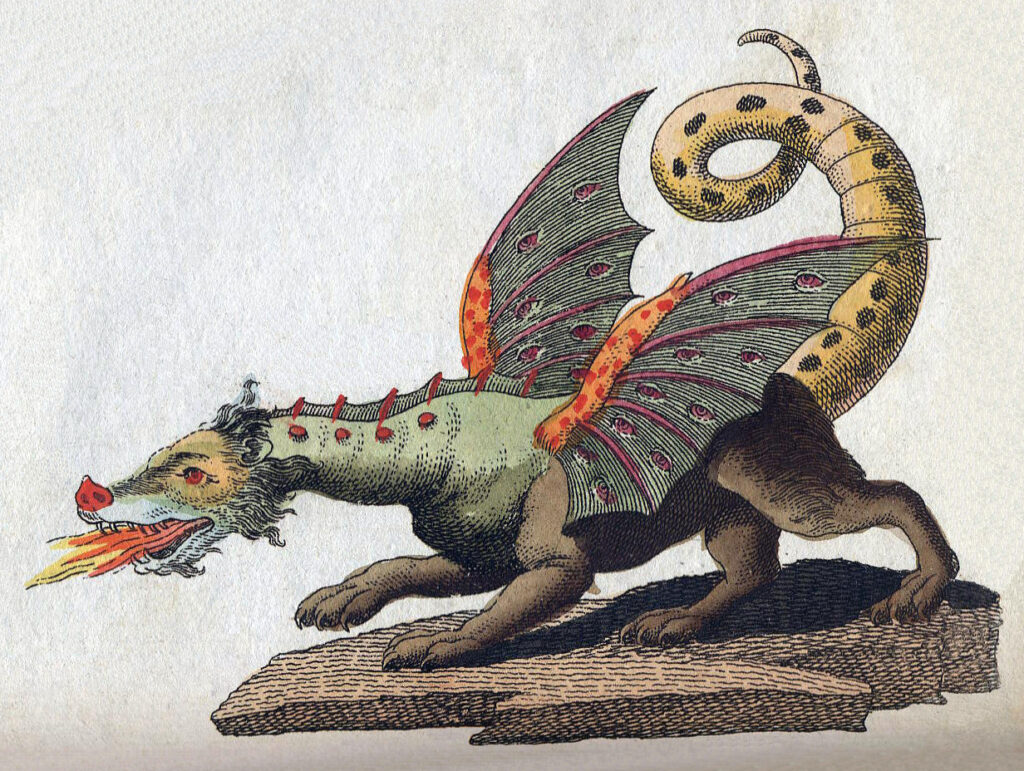The world of paleontology is filled with extraordinary discoveries that continue to reshape our understanding of ancient life. Among these findings, perhaps none are more fascinating than fossils preserved within other fossils – a phenomenon that creates a remarkable snapshot of prehistoric predator-prey relationships. These rare “fossils within fossils” offer unprecedented insights into ancient food chains, hunting behaviors, and ecological interactions that occurred millions of years ago. But have scientists actually discovered fossils of fish preserved inside other fish fossils? The answer is a resounding yes, and these discoveries tell compelling stories about life in ancient seas.
The Phenomenon of Fossils Within Fossils
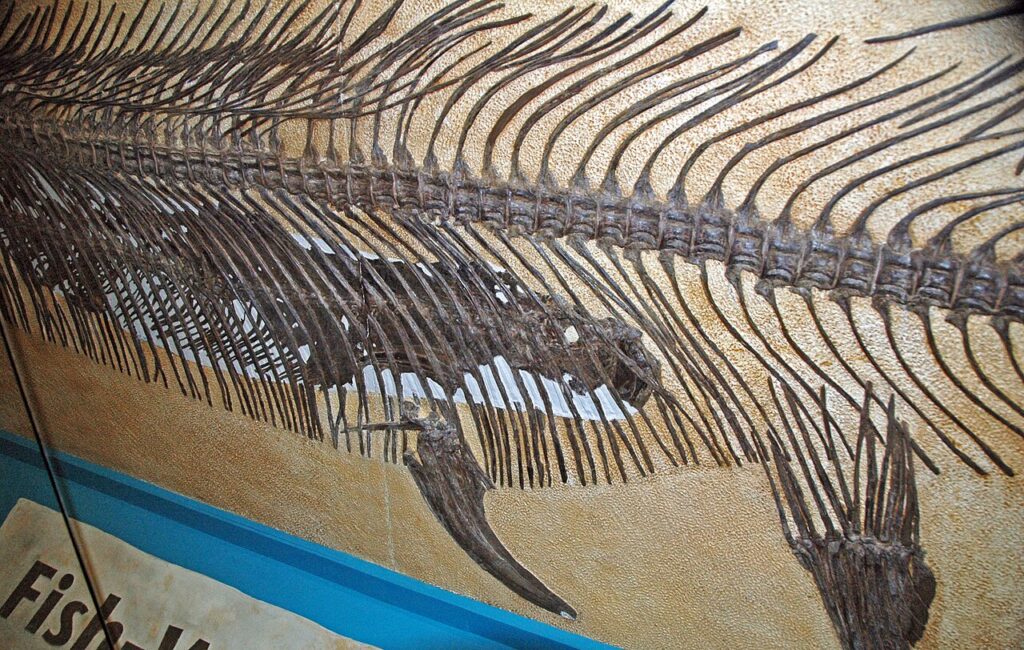
Fossils within fossils, scientifically termed “embedded trace fossils” or “stomach content fossils,” represent some of the most exceptional preservational circumstances in the fossil record. These occurrences happen when an animal dies shortly after consuming prey, and both predator and prey become fossilized together in their final positions. For this to occur, rapid burial is typically necessary to prevent decomposition or scavenging of the remains. These preservation events require specific environmental conditions such as low-oxygen environments, fine sediments, and minimal disturbance – making them relatively rare but incredibly valuable scientific treasures. When discovered, these fossils provide direct evidence of ancient feeding relationships rather than the speculative connections paleontologists must often make between separate fossil specimens.
The Fish-Within-Fish Discovery That Stunned Scientists

One of the most famous examples of fish-within-fish fossils comes from the Green River Formation in Wyoming, dating back approximately 50 million years to the Eocene epoch. In 2005, paleontologists documented a remarkable specimen: a fossilized Mioplosus labracoides (a predatory fish similar to modern bass) with another smaller fish visibly preserved in its stomach cavity. What made this specimen particularly extraordinary was the completeness of both fish – the predator had apparently died shortly after consuming its meal, with minimal digestion having occurred. The prey fish, identified as Knightia (an extinct herring-like fish), was nearly intact, providing irrefutable evidence of this ancient predator-prey relationship. This discovery helped confirm long-held theories about the feeding habits of Mioplosus within the ancient lake ecosystem.
The Remarkable Preservation Process
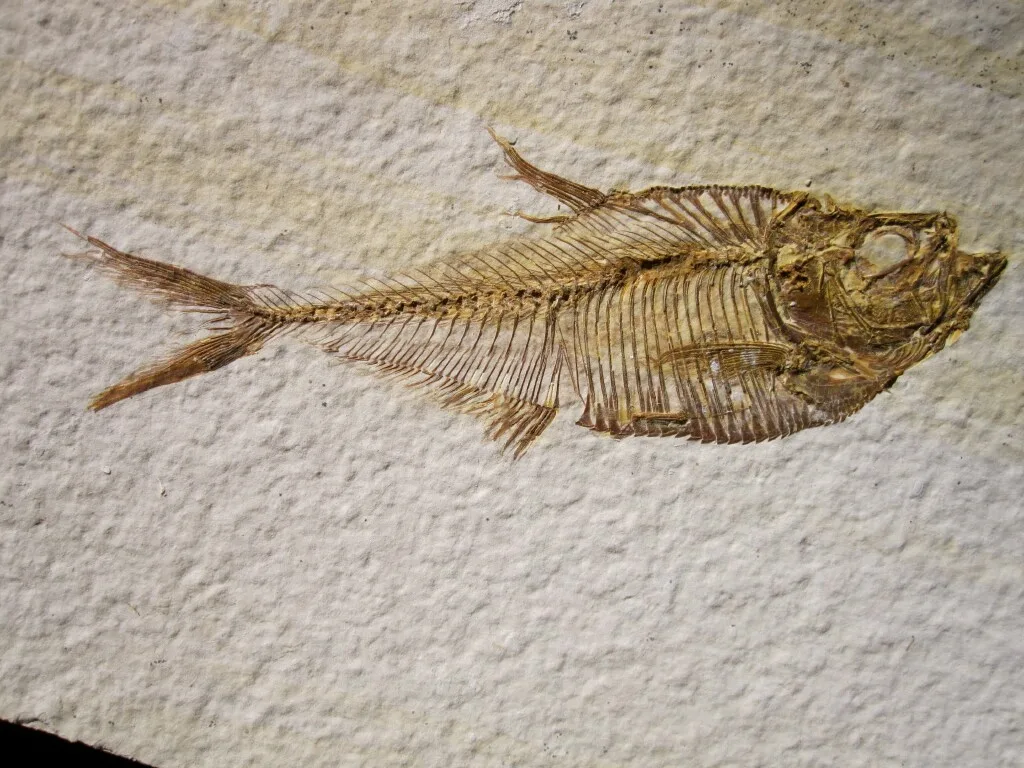
The preservation of fish-within-fish fossils requires an exceptional sequence of events that paleontologists call “conservation traps.” After a predatory fish consumes its prey, it must die relatively quickly before substantial digestion occurs. Then, the carcass needs to sink to the bottom of a water body where oxygen levels are low enough to prevent rapid decomposition by bacteria. Fine sediments must quickly bury the remains, creating an anoxic environment that further slows decomposition processes. Over millions of years, minerals gradually replace the organic materials in both predator and prey, turning them to stone while maintaining their relative positions. The sedimentary layers above apply pressure, compressing the fossils into the flattened specimens typically found today. This multi-stage process explains why such fossils are relatively rare treasures in paleontological collections.
The Famous “Fish-Eat-Fish World” Fossil
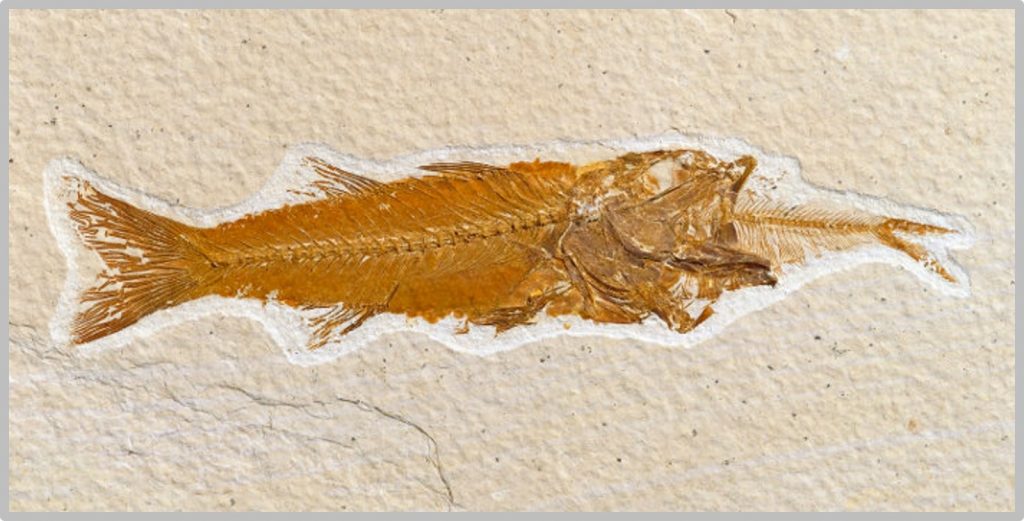
Perhaps the most spectacular fish-within-fish fossil ever discovered is the famous “Fish-Eat-Fish World” specimen from Germany’s Messel Pit, a UNESCO World Heritage site. This extraordinary fossil showcases not just one but three levels of predation preserved in a single specimen. The largest fish, a bowfin relative called Cyclurus, had consumed a smaller predatory fish similar to a modern pike. Remarkably, this middle fish had itself recently consumed an even smaller fish before being eaten. This “triple-nested” fossil demonstrates a perfect snapshot of an ancient food chain in action, preserved for around 47 million years. Scientists consider this specimen one of the most compelling direct pieces of evidence for ancient trophic relationships ever discovered, showing that the “big fish eat little fish” dynamic has been a consistent feature of aquatic ecosystems for tens of millions of years.
Shark-Eaten Fish: Predation Frozen in Time
Sharks have been apex predators in marine ecosystems for hundreds of millions of years, and fossil evidence of their feeding behaviors provides valuable insights into ancient marine food webs. Several notable fossil specimens show fish remains preserved within the stomach cavities of ancient sharks. One remarkable example comes from Jurassic deposits in Germany, where a 150-million-year-old shark fossil contains clearly identifiable fish remains in its abdominal region. What makes these finds particularly significant is that sharks have highly acidic digestive systems that typically break down prey items rapidly, so the preservation of recognizable prey is extremely uncommon. These rare specimens occur when a shark died very shortly after feeding, before digestive processes could substantially alter the prey. Such fossils help paleontologists understand not just what ancient sharks ate, but also how their feeding strategies may have evolved over time.
Fish-Within-Fish Fossils from the Age of Dinosaurs
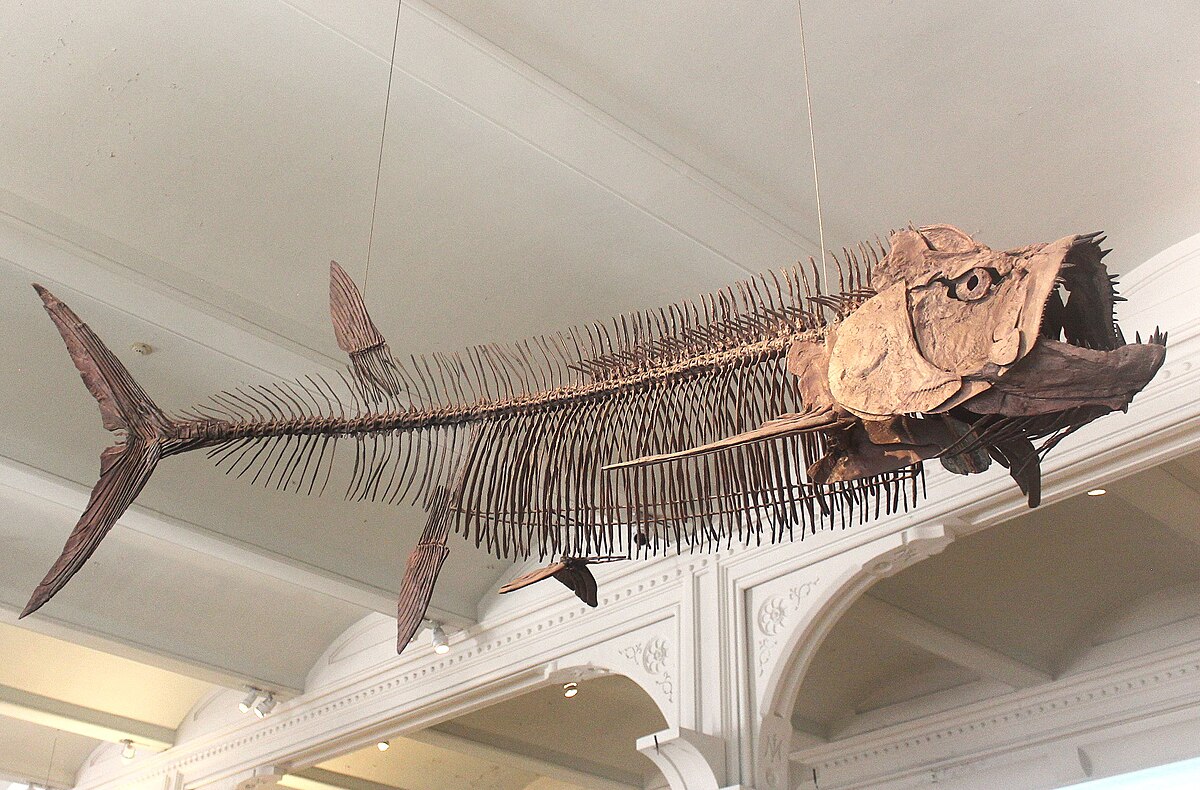
The Mesozoic Era, often called the “Age of Dinosaurs,” was also a time of significant evolution and diversification for fish species. Several important fish-within-fish fossils date from this period, providing insights into marine and freshwater ecosystems that existed alongside the more famous terrestrial dinosaurs. One notable example comes from the Cretaceous deposits of Brazil, where paleontologists discovered a 110-million-year-old specimen of an ancient predatory fish with a smaller fish clearly preserved in its digestive tract. What makes this specimen particularly valuable is that it comes from a time when modern fish groups were beginning to diversify and establish the ecological relationships that would define marine ecosystems for millions of years to come. These Mesozoic specimens help scientists understand how feeding relationships in aquatic environments evolved in parallel with the better-known terrestrial ecosystems dominated by dinosaurs.
The Scientific Value of Predator-Prey Fossils

Fish-within-fish fossils provide paleontologists with direct evidence of ancient ecological relationships that would otherwise remain speculative. These specimens allow scientists to confirm which species preyed upon others, information that would typically be inferred indirectly through methods like tooth mark analysis or morphological studies of jaw structures and teeth. By examining these fossils, researchers can reconstruct ancient food webs with greater confidence, understanding the flow of energy through prehistoric ecosystems. Additionally, these fossils provide insights into predatory behaviors and hunting strategies of extinct species. For example, the orientation of prey within a predator can indicate whether it was swallowed head-first (common in many fish predators) or tail-first, potentially revealing hunting preferences. Such details help create more accurate and comprehensive pictures of ancient aquatic ecosystems that would be impossible to construct based on isolated fossil specimens alone.
Ancient Fish Cannibalism Preserved in Stone
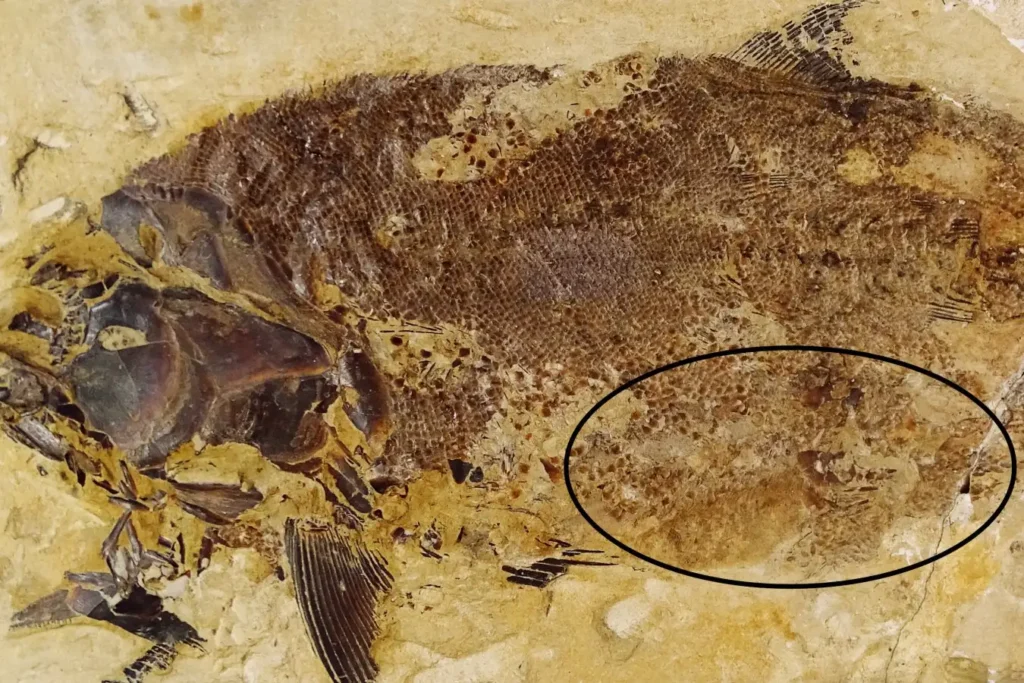
One of the more surprising revelations from fish-within-fish fossils is evidence of cannibalism in ancient fish species. Several specimens have been discovered showing larger individuals with smaller members of their own species preserved in their stomach cavities. A notable example comes from Permian-aged deposits in Brazil, where researchers found a 270-million-year-old predatory fish that had consumed a juvenile of its own species shortly before death. This discovery indicates that cannibalism, a behavior observed in many modern fish species, has very deep evolutionary roots. Paleontologists theorize that such behavior may have evolved as a response to resource scarcity, population density control, or simply opportunistic feeding when smaller conspecifics presented themselves as available prey. These fossilized instances of cannibalism provide important insights into the complex behavioral ecology of ancient fish populations and the evolutionary pressures that shaped their feeding strategies.
Mass Mortality Events: Predators and Prey Preserved Together
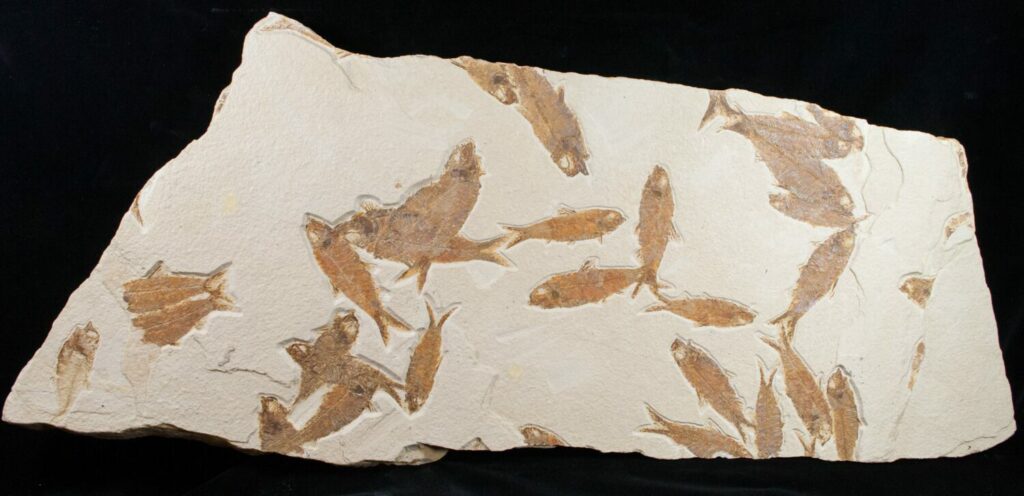
Some of the most spectacular fish-within-fish fossils come from ancient mass mortality events, where entire communities of aquatic organisms died simultaneously and were rapidly buried. These catastrophic events, often caused by sudden environmental changes like toxic algal blooms, volcanic eruptions affecting water chemistry, or rapid deoxygenation events, can preserve ecological interactions in extraordinary detail. In Wyoming’s Green River Formation, scientists have documented layers containing numerous predatory fish with prey items in their stomach cavities, all preserved at the same stratigraphic level. This suggests a sudden die-off affected the ecosystem while normal feeding activities were occurring. These mass mortality assemblages provide paleontologists with statistical samples of predator-prey relationships rather than isolated instances, allowing for more robust ecological reconstructions. Such events essentially capture a moment in time across an entire ecosystem, providing a comprehensive snapshot of feeding relationships that existed just before the catastrophe occurred.
Prehistoric “Russian Doll” Fossils
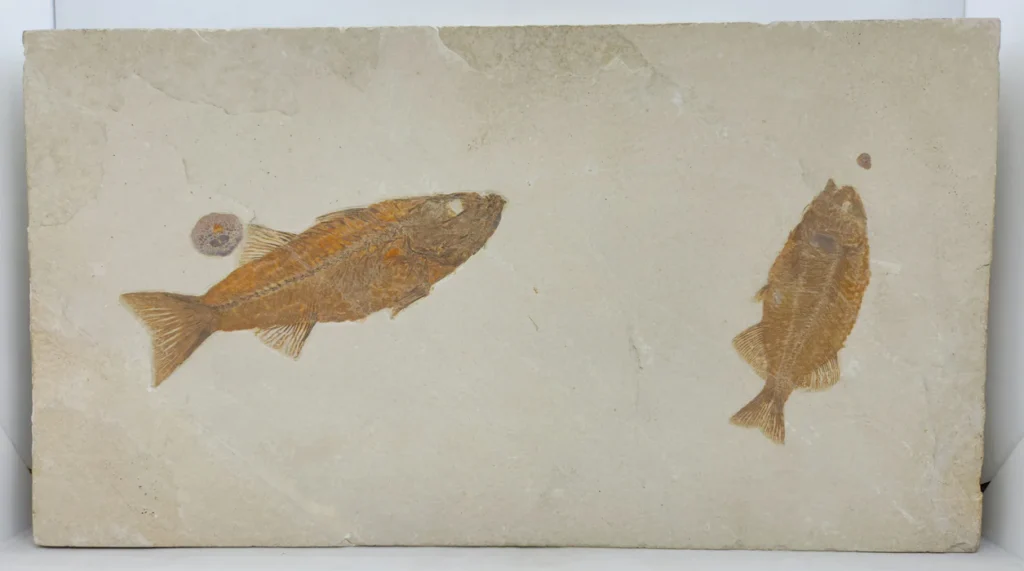
The most extraordinary fish-within-fish fossils show multiple levels of predation preserved in what paleontologists sometimes call “Russian doll” fossils, referencing the famous nested dolls. These remarkable specimens show predatory fish that had consumed smaller predatory fish that had themselves recently consumed prey. A spectacular example from the Eocene Green River Formation shows a garfish-like predator that had consumed a smaller predatory fish, which in turn had a tiny fish in its own digestive tract. This triple-nested example provides direct evidence of a three-level trophic cascade in this ancient lake ecosystem. Such fossils are exceedingly rare because they require the death and rapid burial of the top predator very shortly after it has consumed a secondary predator that had itself recently fed. When discovered, these multi-level predation fossils allow scientists to reconstruct entire food chains rather than simple predator-prey relationships, providing unprecedented insights into the complexity of ancient ecosystems.
Modern Techniques Revealing Ancient Meals
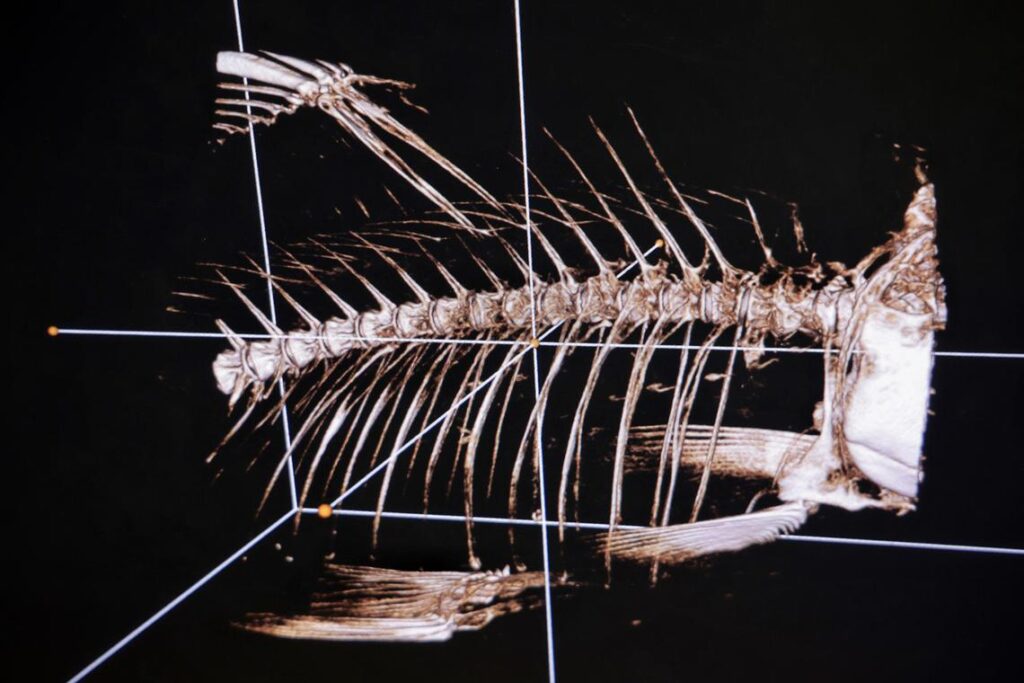
Advances in paleontological research techniques have dramatically improved scientists’ ability to identify and study fish-within-fish fossils that might have been overlooked in previous decades. Non-destructive imaging technologies like CT scanning and synchrotron X-ray fluorescence allow researchers to examine the internal contents of fossils without damaging the specimens. These techniques can reveal stomach contents that aren’t visible to the naked eye because they’re hidden within rock matrices or obscured by overlying skeletal elements. Chemical analysis techniques have also evolved to detect traces of prey organisms through their distinctive chemical signatures, even when physical structures have been partially digested or poorly preserved. Additionally, microscopic examination using scanning electron microscopy can identify tiny fish scales, teeth, or bone fragments within the digestive tracts of fossil predators. These technological advances have led to the identification of numerous previously unrecognized fish-within-fish fossils in museum collections around the world, significantly expanding our knowledge of ancient predator-prey relationships.
What Fish-Within-Fish Fossils Tell Us About Evolution
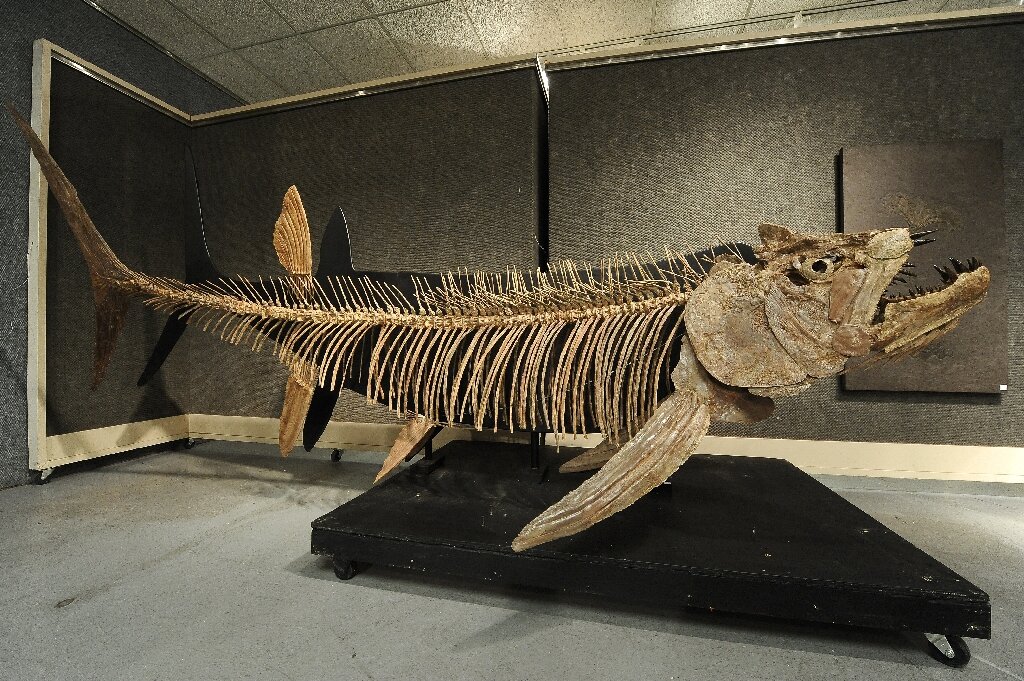
Fish-within-fish fossils provide crucial insights into the evolutionary history of predator-prey relationships in aquatic ecosystems. By examining these preserved feeding interactions across geological time, scientists can track how predatory strategies and defensive adaptations co-evolved over millions of years. For example, fossils from the Devonian Period (approximately 419-359 million years ago) show relatively simple predator-prey relationships among early fish, while later specimens from the Mesozoic and Cenozoic eras demonstrate increasingly complex feeding specializations. These fossils help document the evolutionary arms race between predators and prey, as predatory fish evolved more sophisticated hunting techniques and prey species developed new defensive adaptations. Additionally, by comparing ancient predator-prey relationships preserved in fossils with those observed in modern ecosystems, scientists can identify which feeding relationships have remained stable over vast stretches of geological time and which have changed in response to evolutionary pressures or environmental shifts.
Conclusion: Windows into Ancient Aquatic Ecosystems
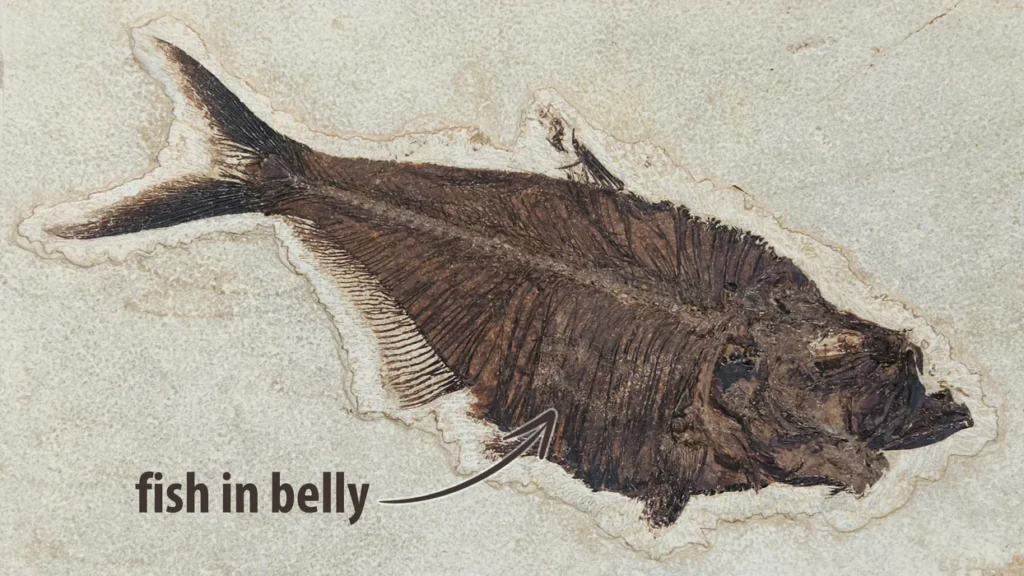
Fish-within-fish fossils represent some of paleontology’s most valuable treasures, providing direct evidence of ecological relationships that existed millions of years ago. These remarkable specimens capture moments frozen in time, offering unparalleled insights into ancient food webs, predatory behaviors, and the dynamics of prehistoric aquatic ecosystems. From single predator-prey interactions to complex multi-level trophic cascades preserved as “Russian doll” fossils, these specimens tell stories of life and death in ancient seas, lakes, and rivers that would otherwise remain hidden from scientific understanding. As research techniques continue to advance, paleontologists are likely to discover even more examples of these rare fossils, further enhancing our knowledge of how aquatic ecosystems functioned and evolved throughout Earth’s history. Each fish-within-fish fossil serves as a window through which we can glimpse the complex ecological relationships that shaped the evolutionary history of life in Earth’s waters.

